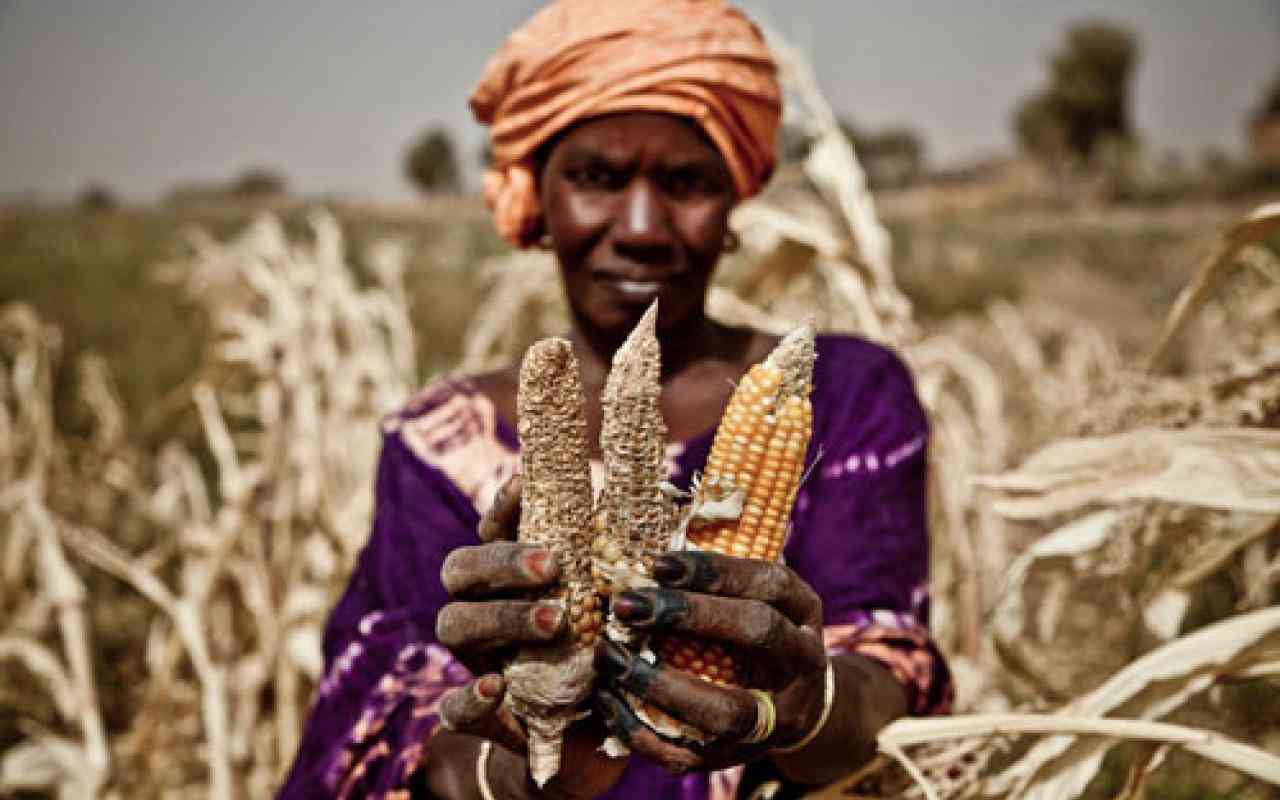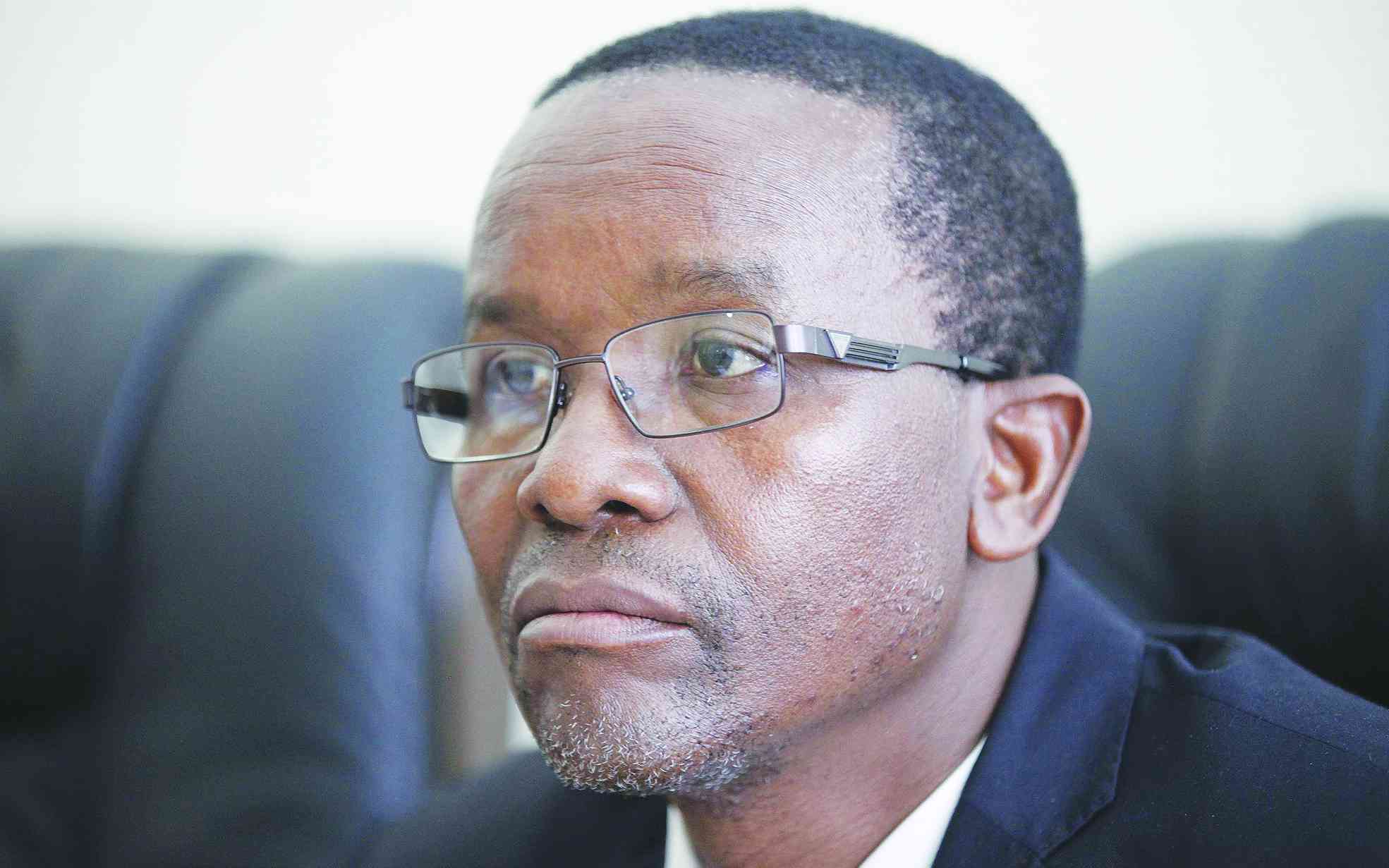
THE climate and food security crisis remains critical in southern Africa with more than 26 million people food insecure in countries most affected by the drought, including 1,5 million in emergency levels compared to last year, the World Food Programme has said.
In a situation report for November this year, the United Nations agency said food insecurity was expected to worsen in the coming months, with some relief anticipated around March/April as the maize harvest begins next year.
It said while the El Niño phenomena had officially ended, its lasting impact persisted through widespread droughts, failed harvests, livestock losses and worsening malnutrition, water, sanitation and health conditions.
“In some areas, El Niño has also triggered devastating floods, intensifying the impact on affected communities, leading to a prolonged hunger crisis,” WFP Zimbabwe said.
Five Southern Africa countries — Lesotho, Malawi, Namibia, Zambia and Zimbabwe — have declared national disasters while Angola and Mozambique are also experiencing severe food insecurity impacts.
“The region, typically self-sufficient in maize, is expected to face a sharp shortfall, with current production unable to meet demand.
“Countries like Zambia and Zimbabwe have seen close to 50% and 72% production declines, respectively, from the five-year average.
“Malawi and Mozambique, which usually maintain self-sufficiency, are experiencing production declines close to 23% and 30%, respectively, compared to the five-year average.”
- New storage techniques for grain
- 'We've enough maize seed for 202223 season'
- SARCOF-26 springs hope in agric and energy sectors
- AFC, GMB sign MoU
Keep Reading
The report said more than 9 000 drought-related cattle deaths were reported across Botswana, Namibia, Zambia and Zimbabwe between October 2023 and February 2024, leading to significant financial losses and increasing poverty for families.
“Water, sanitation and health (WASH) conditions are deteriorating. Water scarcity is one factor that raises significant protection concerns as women, girls and children are forced to travel greater distances in search of water, increasing their vulnerability to gender-based violence,” the situational report read.
“Water shortages are severely impacting hydroelectric power, leading to daily power cuts in countries like Zambia and Zimbabwe, increasing the strain on local economies.
“The situation is worsened by ongoing public health challenges, including Mpox outbreaks. The Democratic Republic of Congo has reported record numbers, with approximately 38 000 suspected cases and 1 000 possible related deaths as of November 2024. Cases have also been reported in the Republic of Congo, Zambia and Zimbabwe.”
It further indicated that the region remained at risk of further deterioration in malnutrition levels due to the declining quality of diet and the adoption of severe coping strategies, such as skipping meals and shifting to lower-quality and less nutritious diets.
“Nutrition assessments in drought-affected areas highlight concerning malnutrition rates, with pockets of severe cases in Namibia, Malawi, Zambia and Zimbabwe.
“Fortunately, current estimates suggest that international imports will adequately address the regional shortfall, albeit at higher prices than normal,” the UN agency said.










